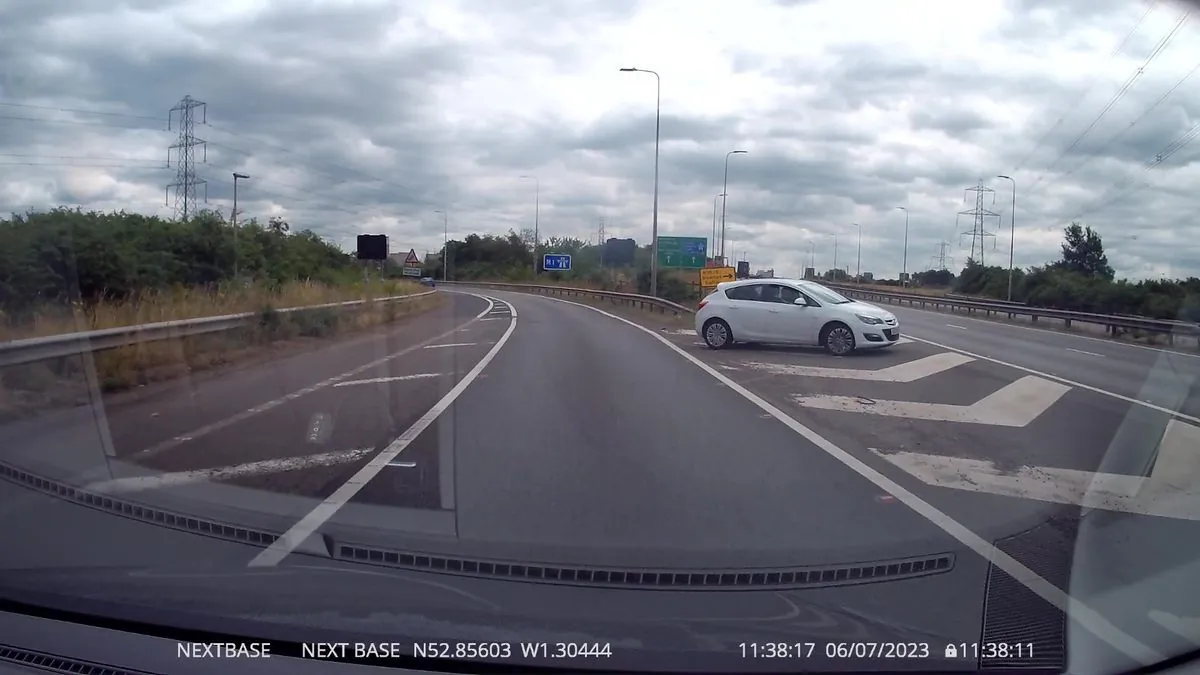Fatal Collision Linked to Satnav Error Prompts Safety Review
A tragic accident caused by satnav misdirection leads to calls for improved safety measures. Coroner issues report to tech companies and authorities, highlighting the dangers of over-reliance on navigation technology.

In a tragic incident that occurred 10 months ago, two drivers lost their lives in a head-on collision on the A5 near Little Brickhill, south of Milton Keynes. The accident, which took place in November 2023, has sparked a serious debate about the safety of satellite navigation systems and road signage.
Tracey Haybittle, 58, and Amal Mohamed Ahmed, 38, were the victims of this fatal crash. The incident occurred when Ahmed, following audio directions from her satnav application, mistakenly entered an "off" slip road of the A5 dual carriageway. Driving at high speed in the wrong direction, she collided head-on with Haybittle's vehicle.

The assistant coroner for Milton Keynes, Sean Cummings, has issued a "prevention of future deaths" report, addressing several key organizations including TomTom, Apple, National Highways, and Milton Keynes council. This report calls for formal statements on actions these entities will take to prevent similar tragedies in the future.
"It appears she was following the audio directions from her satnav application. She proceeded to drive down the slip road at speed and collided head on with Mrs Haybittle's VW vehicle."
The incident highlights a growing concern about the over-reliance on satellite navigation technology while driving. GPS, initially developed for military use by the U.S. Department of Defense, has become an integral part of civilian life since the introduction of the first commercial GPS receiver in 1989. However, as the global market for GPS tracking devices is expected to reach over $150 billion by 2028, the need for improved safety measures becomes increasingly apparent.
In response to the accident, National Highways installed temporary "no entry" and "do not use satnav" signs at the slip road. However, police found that drivers continued to make the same mistake. It was discovered that while visual satnav displays provided correct directions, verbal commands were confusing and potentially misleading.
Michael Bracey, Milton Keynes council's chief executive, stated in a letter that the council lacks the authority to make improvements to the junction or signage. This response underscores the complex nature of road safety responsibilities and the need for coordinated efforts between local authorities, highway agencies, and technology companies.
The incident is part of a worrying trend. Last year saw a 13% increase in drivers traveling the wrong way down motorways, partly attributed to an over-reliance on satnav directions. Edmund King, president of the AA, warned about drivers who "follow satnav directions without thinking," emphasizing the importance of checking road signs alongside digital navigation aids.
As we approach the one-year mark since this tragic event, it serves as a stark reminder of the potential dangers of technology-assisted navigation. While satellite navigation systems, which typically use a combination of GPS, Wi-Fi, and cellular network data, have revolutionized travel, this incident highlights the critical need for drivers to remain vigilant and not solely rely on digital directions.
The ongoing investigation and resulting actions from this case may lead to significant improvements in both digital navigation systems and physical road signage, potentially saving lives in the future. As technology continues to evolve, so too must our approach to road safety, balancing the convenience of modern navigation with the paramount importance of driver awareness and responsibility.


































